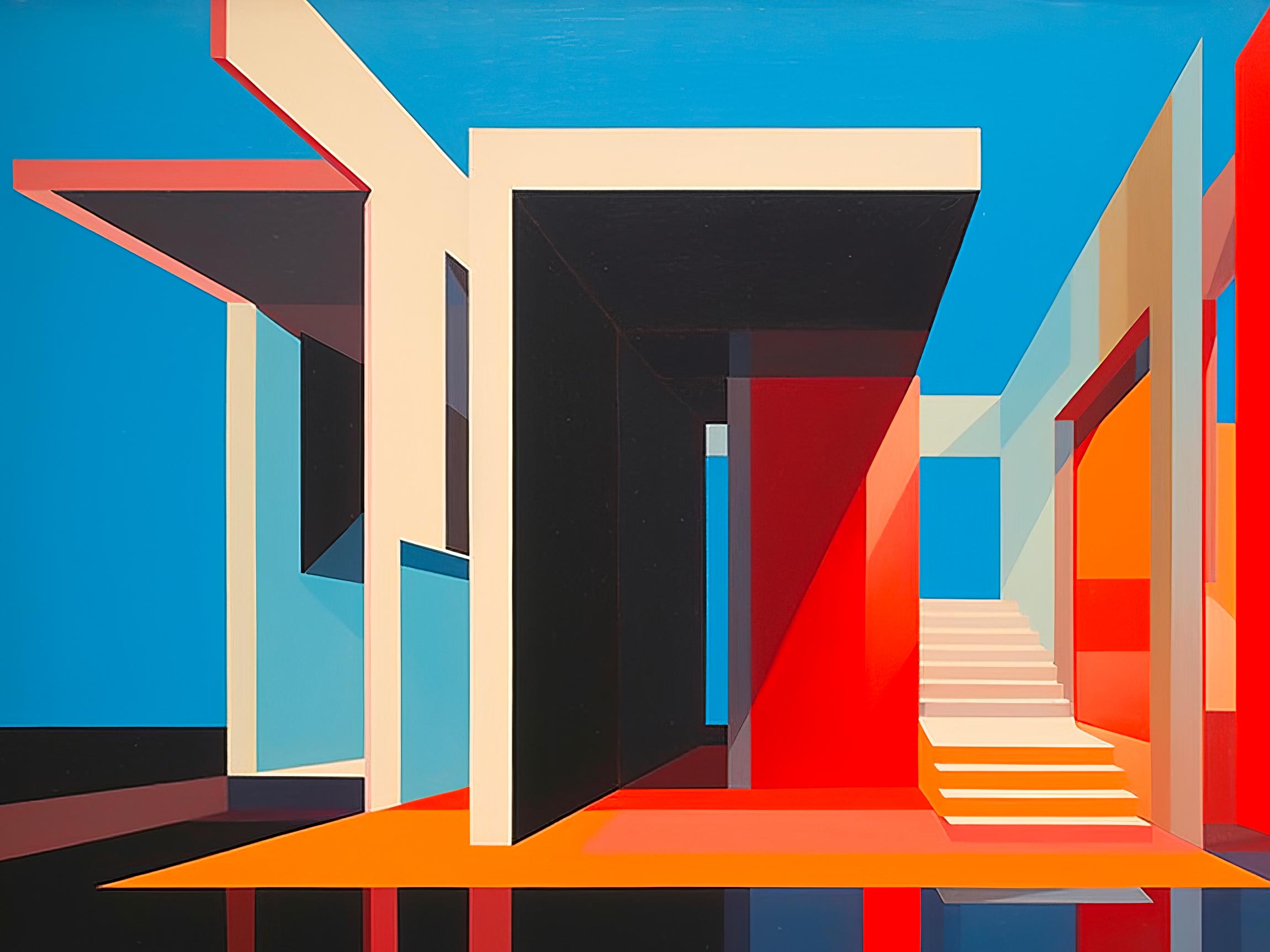The minimalist artistic approach, rooted in the notion that less can be more, has transcended the realms of art to become a guiding force in the design landscape. At its core, minimalism celebrates the art of intentional simplicity, leading to an aesthetic that is both visually striking and conceptually powerful.
Understanding Minimalism in Design
Minimalism in design, often characterized by a clean, uncluttered layout and a deliberate reduction of elements, is underpinned by the philosophy that every component serves a purpose. While this approach might seem reductive on the surface, it requires a thoughtful and strategic mindset. Instead of overwhelming the viewer with a barrage of information, minimalism invites engagement through focus.
The Role of White Space
At the heart of minimalistic design lies the skillful deployment of white space, a concept often misunderstood as empty or wasted space. In reality, white space is a powerful tool that gives breathing room to a composition. It is the silent conductor that directs the viewer’s gaze, allowing them to absorb and appreciate each element in its own right.
Imagine a canvas brushed with a delicate stroke of paint – each stroke acquires significance and meaning, enhanced by the spaces between them. Similarly, white space acts as the canvas upon which design elements come to life. It provides the visual equilibrium that allows for clear navigation and comprehension. By strategically embracing white space, designers create an environment where information is organized, digestible, and inviting.
Simplicity as a Visual Language
Minimalism is more than just a design style; it’s a language that communicates with remarkable clarity. By stripping away excess, minimalistic design compels the audience to engage deeply with the content. Every choice becomes intentional, each element serving a deliberate purpose.
In today’s fast-paced digital landscape, where attention spans are fleeting, the power of minimalism shines. A minimalist design catches the eye precisely because it doesn’t overwhelm. Instead, it offers a moment of visual respite, drawing the viewer in and allowing them to absorb information with ease. This visual economy translates to increased user engagement and better retention of information.
Impact on User Experience
The marriage of minimalism and white space has profound implications for user experience. Websites, applications, and printed materials that embrace this approach offer users a smoother and more enjoyable journey. The absence of visual clutter reduces cognitive load, making it easier for users to navigate, comprehend, and retain information.
Consider a website with a cluttered layout versus one that employs a minimalist design. The latter immediately guides users to key elements, eliminating confusion and frustration. Whether it’s a call-to-action button or a piece of critical information, minimalistic design ensures that nothing competes for attention.
Examples in Practice
Minimalism’s impact can be seen across various industries and mediums. Take Apple’s product design, for instance. The clean lines, restrained color palette, and uncluttered interfaces of Apple devices speak volumes about the company’s commitment to user-friendly design. By allowing each feature to breathe, Apple products create an intuitive and seamless user experience.
In architecture, minimalism finds expression in the works of renowned architect Ludwig Mies van der Rohe. His famous quote, “less is more,” encapsulates his philosophy of design. Mies believed that simplicity not only enhances aesthetics but also elevates functionality. His buildings, characterized by open spaces, sleek lines, and an emphasis on structure, demonstrate the profound impact of minimalism in creating immersive spaces.
By harnessing the power of minimalism, designers create spaces that are visually compelling, conceptually rich, and remarkably impactful. In a world inundated with stimuli, the art of less truly becomes the art of more.


